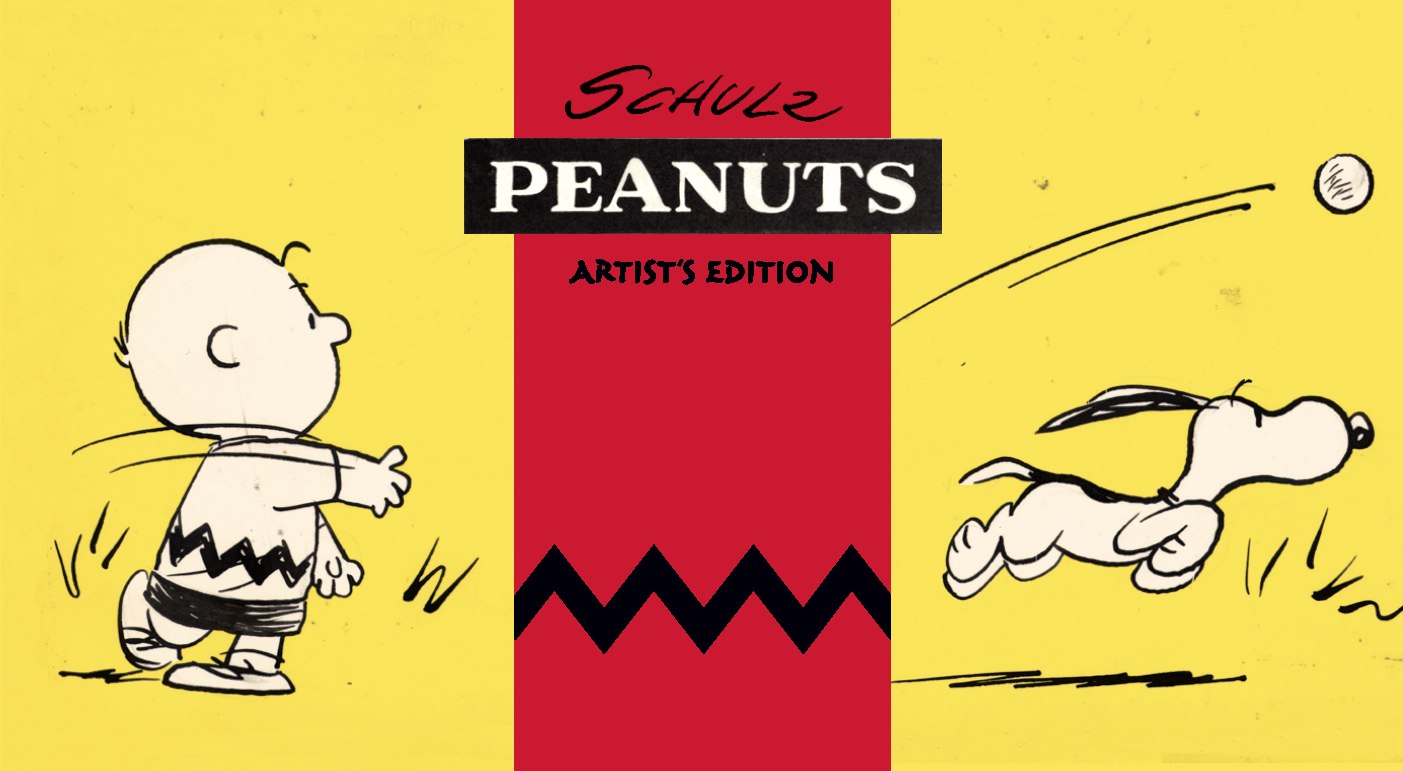 ‘Peanuts’ To Join The Artist’s Edition Library
‘Peanuts’ To Join The Artist’s Edition Library
The esteemed entertainment property, Peanuts, will be returning this winter due to a newly formed partnership with IDW and Peanuts Worldwide—but you’ve never seen Charlie Brown & the gang quite like this! Presented in the acclaimed Artist’s Edition format, Charles Schulz’s revered comic strip will be a welcome and important addition to the Artist’s Edition library, and the first one devoted entirely to a comic strip.
Peanuts, with its cast of iconic characters, has become an American institution. Debuting in 1950 and running until 2000, the strip was framed around the life and interactions of the lovable blockhead who never gives up, Charlie Brown, and his charming array of companions. Written and drawn by Schulz, the strip was translated into 21 different languages, and syndicated in over 2,600 newspapers. The diverse characters of Peanuts became mainstays of pop culture: from Lucy’s psychiatric stand, Schroeder’s piano, the kite-eating-tree, Snoopy’s doghouse, and Charlie Brown’s eternal quest to kick that football—these are images as compelling today as when Schulz first created them a half century ago.
“Having grown up with Charlie Brown, Linus and his blanket, Snoopy and the Red Baron…I could not be happier about bringing them into the IDW family,” said Ted Adams, CEO and Publisher of IDW Publishing, “In the world of comic art, it does not get any bigger than Peanuts.”
Charles Schulz spent the majority of his career writing and drawing the Peanuts comic strip and was the recipient of numerous awards and citations throughout his life for his influential work. Schulz is “arguably the most influential comic strip creator of the second-half of the 20th century, his importance to comics and comics history cannot be understated,†said editor Scott Dunbier. As Editor of the Artist’s Editions, Dunbier, along with the rest of IDW, are honored to publish the timeless creations of Charles Schulz.
What is an Artist’s Edition? Artist’s Editions are printed the same size as the original art. While appearing to be in black & white, each page has been scanned in COLOR to mimic as closely as possible the experience of viewing the actual original art-for example, you are able to clearly see paste-overs, blue pencils in the art, editorial notes, art corrections. Each page is printed the same size as drawn, and the paper selected is as close as possible to the original art board.

Leave a Reply